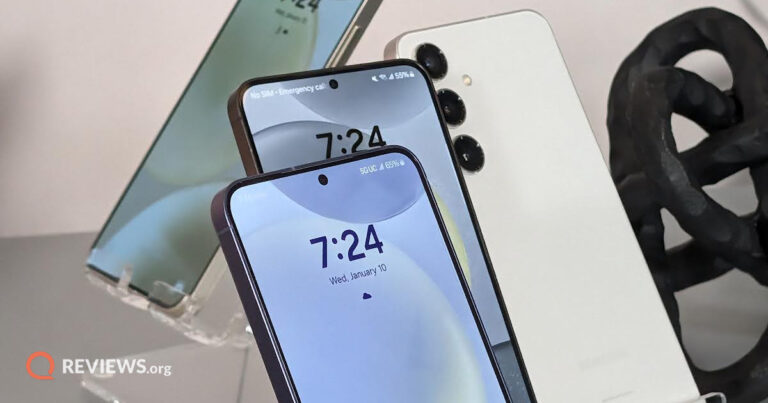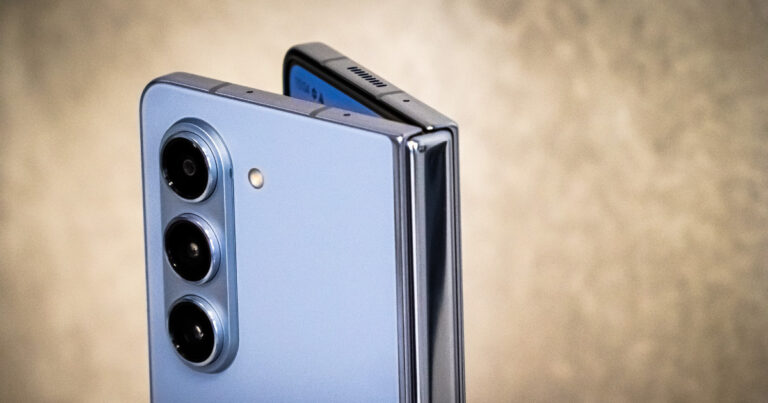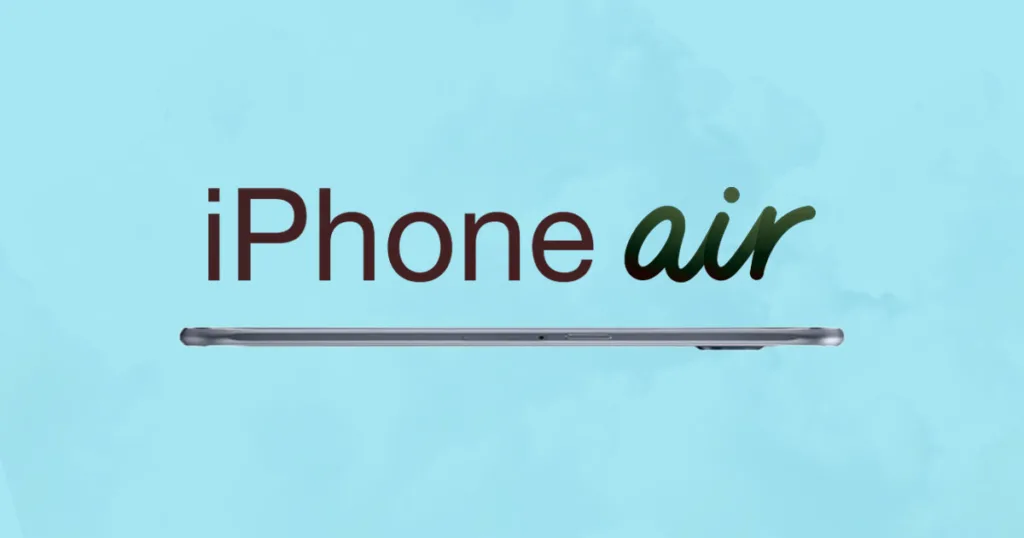Looking to score a deal on a refurbished Samsung phone? We walk you through where to buy, what to look for and which models are the best deal.
Buying refurbished Samsung phones: What you need to know
The very best Samsung phones you can buy – models like the Samsung Galaxy S24 Ultra or the Galaxy Z Fold 5 can hit your wallet for sums north of $2,000, which is a lot of money to nearly everyone these days. If that’s pocket change to you, then this probably isn’t the guide for you!
One way you can get a Samsung phone for less is to head into the refurbished market, where even the top-end and priciest Samsung phones can be had at a serious discount. Who doesn’t like saving money? Oh, that’s right, the folks who view $2,000 as pocket change, but they’ve already left this article anyway.
However, before you hand over your hard-earned cash, it’s well worth knowing how the refurbished market works, where it can truly work to your benefit, and the potential pitfalls you’re going to want to avoid.

What is a refurbished Samsung phone?
When you buy an absolutely new Samsung phone in Australia, it should come absolutely minty fresh out of the box, plastic wrap and all. You’re the first owner, the first to set it up (though it should have been quality tested in Samsung’s factories) and you’re paying the premium for that brand-new-phone smell*. It’s far more subtle than new car smell, but trust us, it’s there.
A refurbished phone is by definition second-hand, but with some level of promise that it’s still in working condition, or a semblance of working condition. Someone else was the original owner and user, and they got to enjoy the new phone smell, as well as use the phone for some period of time.
That phone’s then been traded in through Samsung Australia own service, or sold to a reseller, where it may have been repaired (depending on its condition) before being offered for sale to you.
What’s the difference between a “Used” and “Refurbished” Samsung phone?
Pedantically, all Refurbished Samsung phones are Used Samsung Phones, but the difference should be that a refurbished phone has undergone some level of testing and evaluation, and where required, repair.
A really cheap used phone could come with a cracked screen, but a refurbished phone should not. If you see a Samsung phone being listed on, say, eBay at a rock bottom price with no mention of refurbishment, chances are you’re buying someone’s second-hand phone in an entirely unknown condition and taking your chances with regards to its condition.
Buy a refurbished Samsung phone from an Australian reseller and you should get a unit that’s been tested and repaired, and with protections under Australian consumer law as to basic usability. Not quite the same as buying a new phone in terms of how long it should last, it should be noted, but more than you’re likely to see buying a used phone online from a complete stranger.
Does Samsung Australia sell refurbished phones?
No, though it does offer a trade-in program if you’re buying a new Samsung Galaxy phone (or other devices).
Samsung Australia does have a trade-in program for older Samsung phones if you’re buying a new one, but the actual trade-in is handled by a third party reseller called Asurion.
Asurion is the company that buys your older Samsung phone if you’re selling it to help fund a new Samsung phone purchased through Samsung Australia’s web site. In this context, Samsung Australia is just Asurion’s agent for selling the phone; it doesn’t actually “own” any traded in phones, so it has nothing to sell in this regard.

How can I tell the condition of a refurbished Samsung phone before buying?
If you’re buying a refurbished phone in person, then by all means ask to actually physically examine it. Any store that won’t let you do that is one you should march out of post-haste!
However, for many of us it’s far more convenient to do our phone buying online, where that’s not really possible. The way most online stores that sell refurbished phones manage this is by assigning grades, typically on an A-D scale to the phones that they’re selling to you.
As you might expect, A-grade phones are in the best condition they’re willing to sell, while D grade phones are the ones that are in the worst condition. It’s not hard to see why they don’t assign F grades to phones they actually want to sell.
Here’s the catch with refurbishment grading: There is no “standard” for what refurbishment grading actually means. An A-Grade phone should in theory be as close to new as it’s possible to be with minimal flaws of course, but it’s not as though there’s a big shiny book of Samsung phone condition that each phone is rigorously tested against.
Reputable resellers should test that phone functions work optimally, but again this comes down to their diligence and where they view the tolerances for what makes up the difference between, say, a “B” and “C” grade phone should sit. Some resellers will give you a little more insight into their thinking around this, but it’s not a scientific set of grades that every refurbished phone must follow.
What are the benefits of buying a refurbished Samsung phone?
There’s essentially one prime benefit, and that’s price… mostly.
A refurbished phone should cost less than a new one, precisely because it’s not a new device and may have some wear and tear on it. Your bank balance won’t be depleted as much at might for the same device brand new, and if you can get a unit that’s still in good condition, it can be a bargain.
Another benefit to buying refurbished rather than just used Samsung phones comes from the fact that a refurbished phone comes with a warranty – typically 12 months – plus the protections of Australian consumer law. It should have been at least tested, if not actually refurbished to deal with major faults, and any minor issues should (typically) be made clear to you prior to purchase. Many refurbished phone sellers will allow you to return refurbished phones if they arrive with you in a condition contrary to your expectations when buying.
It’s also a more environmentally sound way to buy technology, because you’re using a product that’s already been made and making the most out of the energy and physical resources that went into its production. That’s far better than it heading to landfill by far – which serves as the right time to remind you that all smartphones, including Samsung smartphones should be responsibly recycled if they’re no longer functional.

What are the risks of buying a refurbished Samsung phone?
What did the previous owner do to it?
Like any second-hand device, the primary risk here relates to the service life of the Samsung phone you buy. If you end up with the Galaxy Z Flip 5 of a little old granny who only used it to call the church on Sundays, it might be pristine (perhaps oddly smelling of camphor), but you could equally end up with a phone that’s been physically battered and bruised or one that’s had its battery heavily and rapidly drained repeatedly, which can have long-term consequences for battery health.
What refurbishments were done to it?
A refurbished phone should be one where larger scale repairs if needed have been undertaken, but that may mean the use of third-party screens, buttons, speaker or camera modules, depending on what needed fixing. The quality of the phone could be changed by those repairs, as could any IP-rated water resistance.
Is the price actually good value?
A refurbished phone can be a bargain, as long as it is actually attractively priced. That might feel like a very obvious statement to make, but the point here is that Android phones see price drops and special sale rates all the time, especially within the (typical) year that they’re on sale. The price you pay for a Galaxy S24 in January when it launches is rarely the price you’ll see it for in June, September or December of the same year.
It’s well worth checking the actual on-sale market price of any new Samsung phone before buying its refurbished equivalent. Often resellers will quote you the price “saving” based on the original RRP, but if you can get a brand-spanking new Samsung phone for a lot less, you might be getting less of a bargain than you think – or overpaying when you could have a shiny new Samsung phone instead.
Will my refurbished Samsung phone see OS and security updates?
Newer Samsung phones are now seeing anything from 4 to 7 years of Android updates, but it really wasn’t that long ago that many of the company’s offerings saw far fewer updates than that, especially for its lower cost Galaxy A phones (and going back a little further again, its Galaxy J offerings). You’ll likely see far more slightly older Galaxy phones for sale through refurbished resellers as people upgrade or sell off old phones they no longer need, but these may be phones that are now completely out of the software upgrade cycle.
In terms of new features and functions that might not fuss you, but for security updates – especially if this is a phone you want for services like contactless payments – it very much should. For extremely old Samsung phones, you might even find that some apps won’t upgrade any more if they’re sitting on very old, no longer supported Android versions.
*We’re totally making up the concept of new phone smell. You knew that, right?
Related Articles




